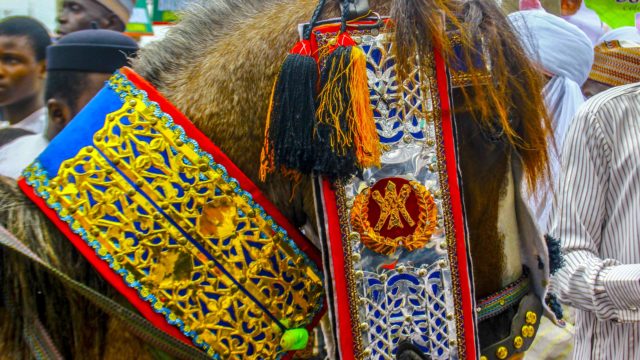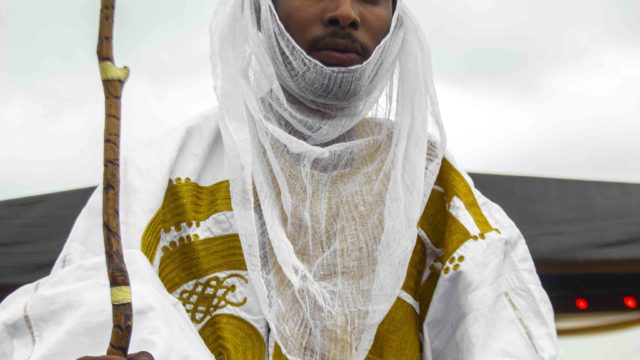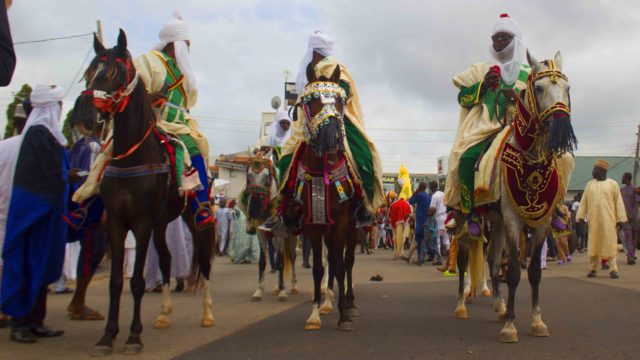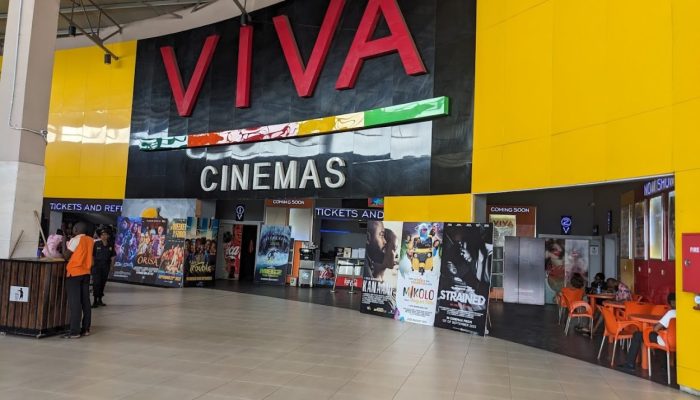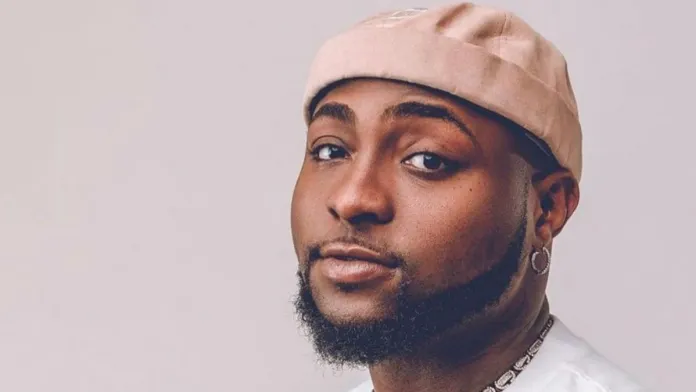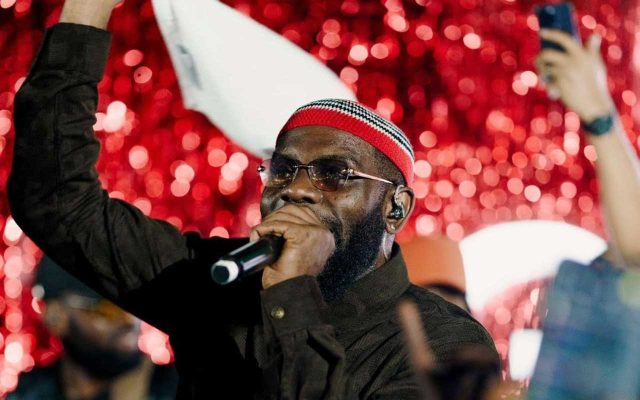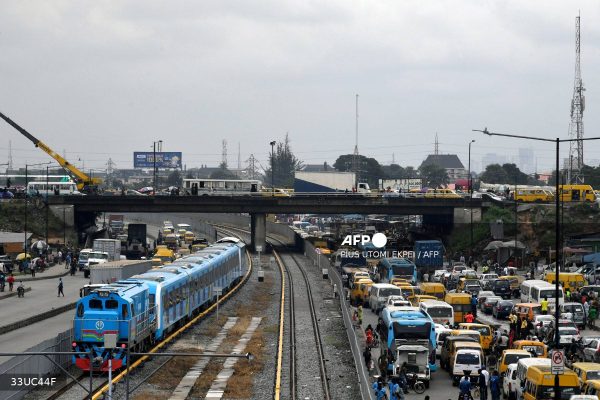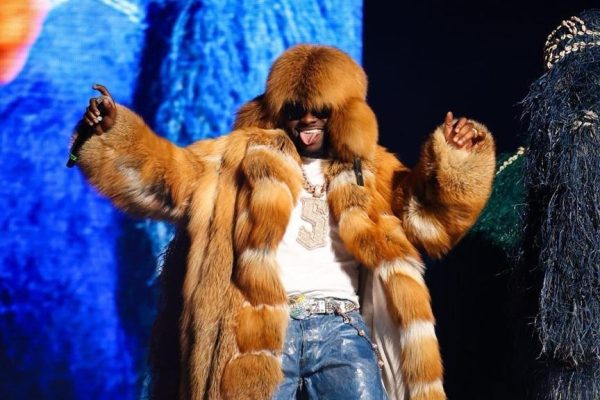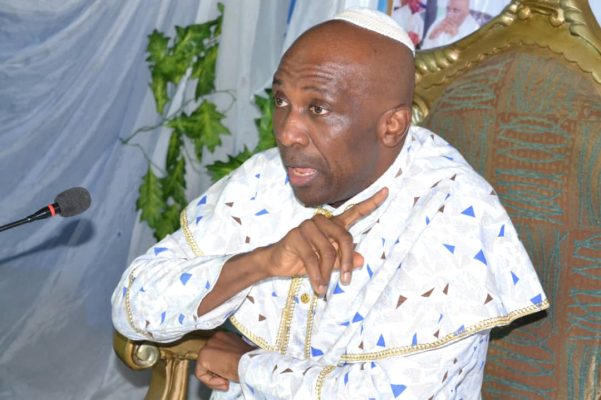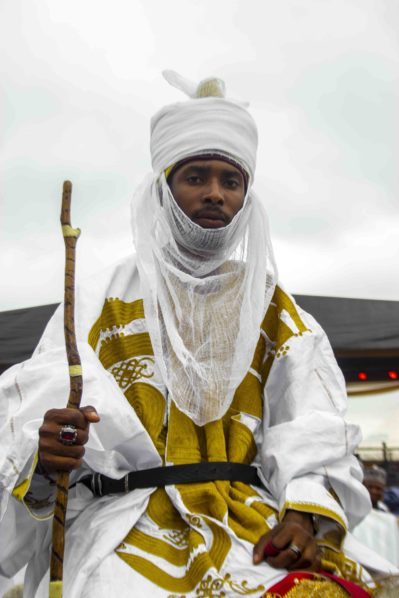
Nigeria is a nation that is richly blessed with diverse culture, religious and ethnic ties. From the Ojude Oba festival and Eyo festival in the West, the New Yam festival in the East, to the Argungu fishing festival in the North among many others, cultural activities across the diverse groups in the nation reveals the beauty and pride of our heritage. Most festivals celebrated across the nation are done to enhance communal ties, foster relationships and traditions and creates an avenue to communicate handed down traditions.
[ad]
In this light, it was a spectacular celebration of our African tradition and heritage at the 2019 Ilorin Durbar Festival which saw the assembly of sons and daughters of Ilorin, Kwara state, tourists and tradition-enthusiasts.
Ilorin was founded in 1450 and served as a provincial military headquarters of the ancient Oyo Empire. The city is a confluence of cultures, populated by the Yoruba, Igbo, Hausa, Fulani, Nupe, Bariba, Kanuri and Malian tribes. Every year, people belonging to the Christian, African traditional and Islamic religion, organise festivals that takes place in the ancient city. While a lot of people visit for the beauty that is captured during the festival, photography took me there.
Photography has taken me to uncharted territory. In turn, I have become immersed in the unique peculiarities that encapsulate Nigeria’s cultural diversity. The Ilorin Durbar was no exception and I looked forward to another exhilarating display of culture and tradition. A durbar is annually celebrated across Nigeria in several cities and it marks the end of the Ramadan and is also shared with Eid-el Kabir and Eid-el Fitri Muslim Holidays.
I arrived at the venue at Oja-Oba, a suburb in Ilorin Metropolis to behold the Magnificent, Architectural masterpiece of the Ilorin Central Mosque which also is the residence of the Emir of Ilorin. The venue was filled with a mammoth crowd outside the gate with everyone hoping the gain entrance into the venue. Security personnel were on guard to maintain law and order and also to make sure that we all got into the arena in order. The venue was adorned beautifully with all forms of traditional decoration to usher in visitors. There were different cultural dance display as the dancers moved in synchronisation to the drums and music.
I made my way quickly into the inner chambers to get first-hand images of the horse-riders who were getting prepared for the procession. I was endeared to the intricately designed costumes on the horses and the horse riders, each very significant to its tribe.
Horse riders are a significant aspect of the Durbar Festival all bearing peculiar designs, patterns, and adornments.
The Emir rode in company of the royal family, escorts, joined by different family heads each showcasing family regalia on horses
and camels all intricately designed.
We started the procession from the Emirs Palace, through General, Taiwo road, Oja Oba road and back to the Emir Palace. At each stop, the Emir was greeted by residents of Ilorin metropolis all chanting ” Shehuuuuuu’ as a sign of homage and respect to the Emir accompanied with melodious songs, rhythmical dances peculiar to different family represented by their family heads. Among these houses were Ajia Opele of Ilorin, Galadima Ngari of Ilorin, Kannike (So mai Sonka), Sarkin Gambari family, D/Head Fufu, Shitta Alimi, Balogun Fulani of Ilorin.
During this time, I managed to capture some evergreen photos that hold significance to the event.
[ad unit=2]

